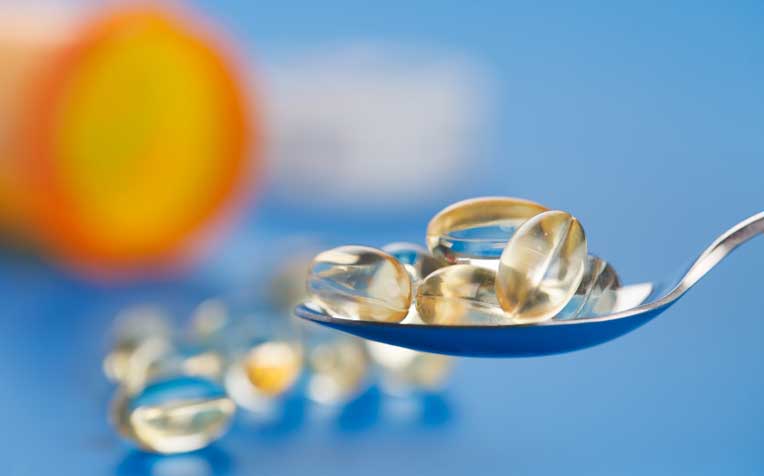
Vitamin D supplements are only beneficial if you are unable to obtain sufficient Vitamin D from food and sun exposure.
Vitamin D is a fat-soluble vitamin that promotes the absorption of calcium from our diet, keeping our bones strong and healthy.
Vitamin D is primarily made in skin exposed to the ultraviolet B (UVB) rays of the sun. To get an adequate amount of vitamin D, try letting the sun shine on your arms and legs twice a week for about five to 30 minutes. The best time to do this is between 10am and 3pm. If you have paler skin, you need less sun exposure than those with darker skin.
The melanin pigment in dark skin provides natural protection against the absorption of ultraviolet rays, which is why people with darker skins need greater sun exposure to make the same amount of vitamin D. In the elderly, the recommended sun exposure may not be sufficient since ageing affects the skin’s ability to convert sunlight into vitamin D efficiently. A vitamin D deficiency can put you at a higher risk of serious medical conditions such as osteoporosis.
Food sources of Vitamin D & recommended daily allowances (RDA)
| Age group | Daily Recommended Dietary Allowance (RDA) Of Vitamin D (In Micrograms) |
|---|---|
| 18 years and above | 2.5mcg |
| Pregnant and lactating women | 10mcg |
| Children, 7 to 18 years | 2.5mcg |
| Girls, 5 to < 7 years | 10.5mcg |
| Boys, 5 to < 7 years | 10mcg |
| Children, 3 months to < 7 years | 10mcg |
Source: Health Promotion Board (HPB) Singapore
Helpful fact: Vitamin D requirements and nutritional analysis are sometimes listed in international units (IU). For conversion purposes, 1mcg is equal to 40 IU of vitamin D.
Food sources of vitamin D include eggs, liver, oily fish like salmon, sardine and mackerel and fortified food products such as selected brands of milk, soymilk, yogurt, orange juice, ready-to-eat cereals and margarine.
Below are some examples of foods with vitamin D:
| Food source | Vitamin D |
|---|---|
| Cooked salmon, 3oz (90g) | 11.17mcg (447 IU) |
| Egg yolk, 1 large | 1.02mcg (41 IU) |
| Fortified milk, 1 cup (250ml) | 2.87-3.1mcg (115-124 IU) |
| Fortified cereal, 1 cup | 1mcg (40 IU) |
| Cod liver oil, 1 tbsp (15ml) | 34mcg (1,360 IU) |
Source: National Institutes of Health (NIH) USA
Vitamin D supplements
Supplements are only beneficial if you are unable to obtain sufficient vitamin D from food and sun exposure. In the case of supplements, more is not better. It is important not to exceed the HPB’s recommended dietary allowance (RDA) of vitamin D (see RDA table above) to avoid side effects and toxic build-up in the body. Fat-soluble vitamins like vitamin D can build up in the body and are not as easily eliminated as water-soluble vitamins.
Always check with your doctor or dietitian before starting a vitamin D supplement or any high-dosage supplement.
Look out for side effects of Vitamin D
Vitamin D toxicity results from taking excessive amounts of vitamin D supplements. Possible side effects of too much vitamin D include:
- Loss of appetite
- Weak bones
- Weak muscles
- Kidney stones
Ref: T12
Contributed by

















 Get it on Google Play
Get it on Google Play